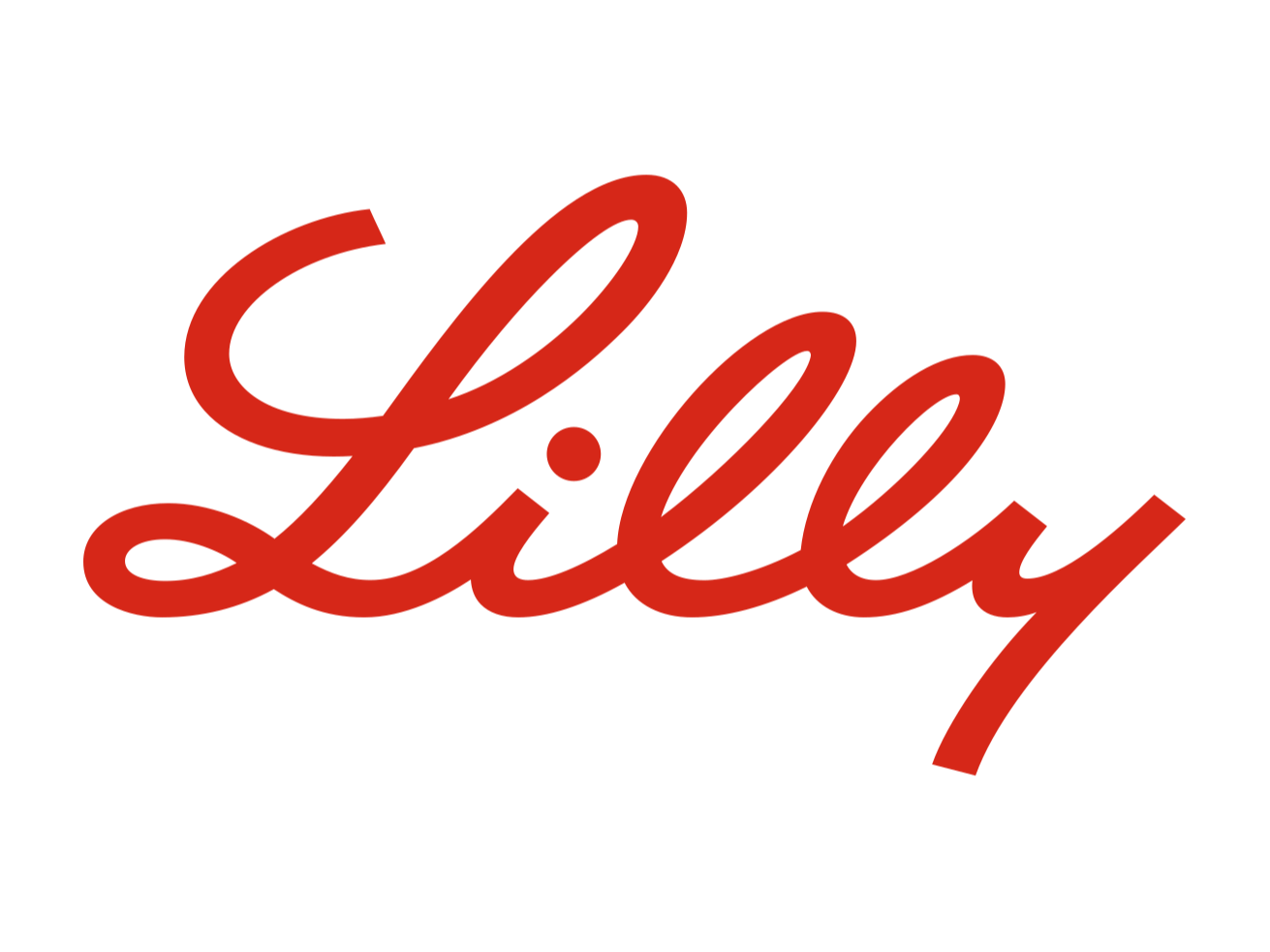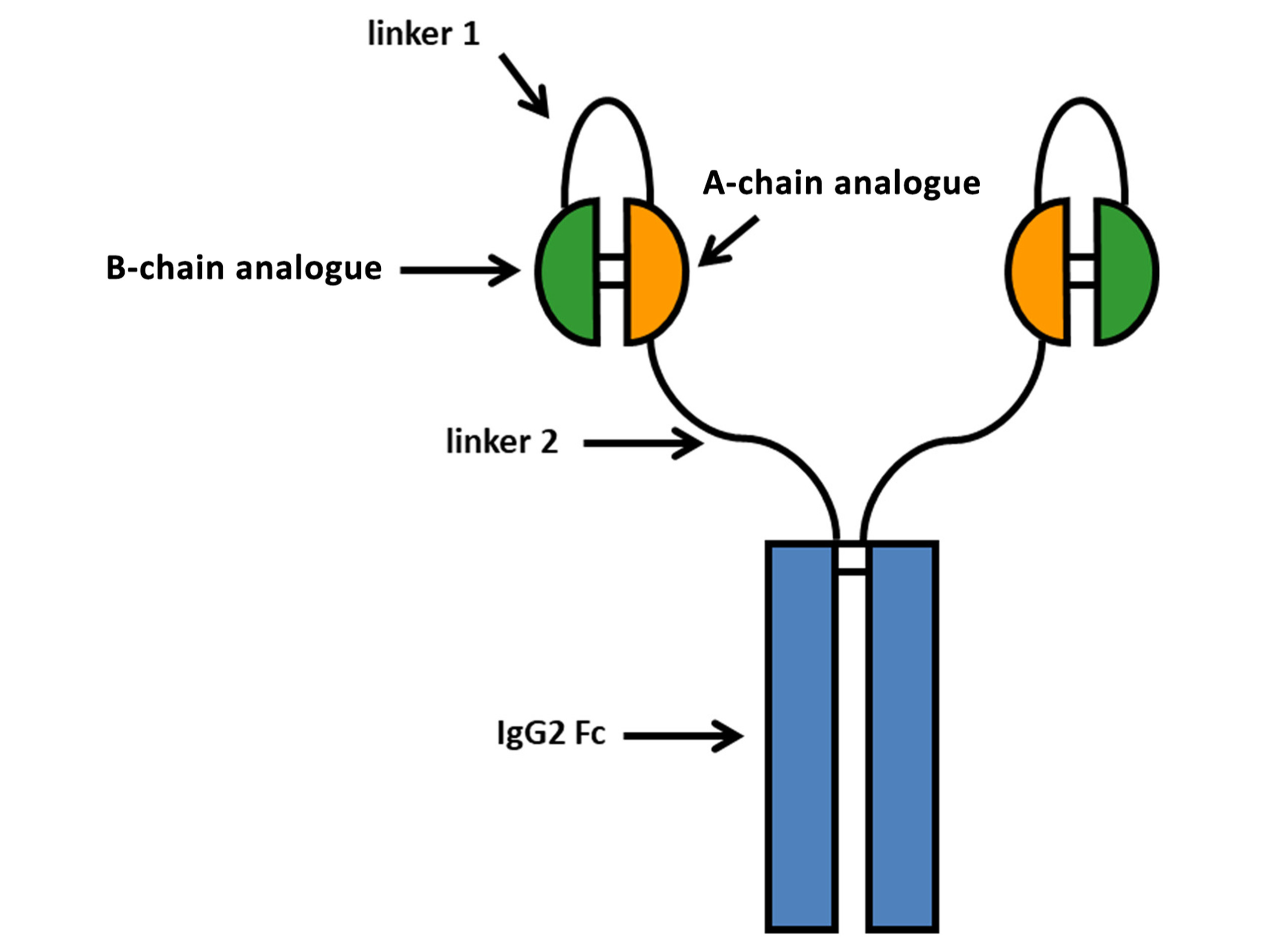Drug information
Insulin efsitora (LY3209590) (basal insulin Fc)
Not provided
Biotherapeutic
Insulin efisitora alfa is a long-acting fusion protein administered once weekly for the management of type 2 diabetes mellitus. It exhibits a terminal half-life (t₁/₂) of approximately 17 days, supporting a sustained and dose-dependent reduction in fasting blood glucose levels for five days or longer. The maximum observed plasma concentration (C_max) is approximately 30 nmol/L. Clinical trial data suggest that insulin efisitora alfa has a favorable safety profile, with no reports of severe hypoglycemia. However, at a 10 mg dose, 83% of patients experienced at least one adverse event.
Not yet approved
Not yet approved
Therapeutic area(s)
- Diabetes
- Treatment
Administration route
Subcutaneous
Associated long-acting platforms
Solution
Use of drug
- Administered by a nurse
- Self-administered
- Administered by a community health worker
- Administered by a specialty health worker
Not provided
Dosage
500 units/mL
Once weekly
Not provided
Dosage Regimen for Efsitora (500 units/mL): 1. Loading Dose (Week 1—First Injection Only): Administer a one-time loading dose calculated as usual daily basal insulin dose (units) × 7 (rounded to the nearest 10 units) × 3. This loading dose is intended to provide weekly basal coverage. 2. Maintenance Dose (Week 2 Onwards): Administer a weekly dose calculated as usual daily basal insulin dose (units) × 7 (rounded to the nearest 10 units) × 3. This dose should be given once weekly thereafter.
Not provided
Not provided
Associated technologies
Not provided
Comment & Information
Developer(s)

Eli Lilly and Company, commonly known as Lilly, is an American multinational pharmaceutical company headquartered in Indianapolis, Indiana. Founded nearly 150 years ago, Lilly focuses on developing medicines that improve lives worldwide. The company is renowned for its contributions in biomedicine and pharmaceuticals, with a diverse portfolio including well-known products like Trulicity, Jardiance
Drug structure
Scale-up and manufacturing prospects
Not provided
1. Bioreactor 2. Seed culture tanks 3. Homogenizer 4. Reaction vessel 5. Stirrer 6. Inert gas supply systems 7. Ultrafiltration units
1. Recombinant Expression of Insulin in Saccharomyces cerevisiae 2. Purification of insulin analog 3. Site-specific conjugation 4. Purification of the conjugated insulin 5. Excipient addition and formulation preparation
1. Ion-exchange chromatography/Reverse-phase chromatography/Size-exclusion chromatography 2. High-Performance Liquid Chromatography (HPLC)
Excipients
No proprietary excipient used
No novel excipient or existing excipient used
No residual solvent used
Delivery device(s)
No delivery device
Methods of treating diabetes
Described herein are fixed doses and dosing regimens for long-acting insulin receptor agonists suitable for once-weekly dosing, such as weekly basal insulin-Fc (BIF).
US20240082363A1
Not provided
Eli Lilly and Co
Not provided
Not provided
Pending
Publications
Wysham, C., Bajaj, H. S., Del Prato, S., Franco, D. R., Kiyosue, A., Dahl, D., Zhou, C., Carr, M. C., Case, M., Firmino Gonçalves, L., & QWINT-2 Investigators (2024). Insulin Efsitora versus Degludec in Type 2 Diabetes without Previous Insulin Treatment. The New England journal of medicine, 391(23), 2201–2211. https://doi.org/10.1056/NEJMoa2403953
Abstract
Background: Insulin efsitora alfa (efsitora) is a new basal insulin designed for once-weekly administration. Data on safety and efficacy have been limited to small, phase 1 or phase 2 trials.
Methods: We conducted a 52-week, phase 3, parallel-design, open-label, treat-to-target trial involving adults with type 2 diabetes who had not previously received insulin. Participants were randomly assigned in a 1:1 ratio to receive efsitora or degludec. The primary end point was the change in the glycated hemoglobin level from baseline to week 52; we hypothesized that efsitora would be noninferior to degludec (noninferiority margin, 0.4 percentage points). Secondary and safety end points included the change in the glycated hemoglobin level in subgroups of participants using and not using glucagon-like peptide-1 (GLP-1) receptor agonists, the percentage of time that the glucose level was in the target range of 70 to 180 mg per deciliter in weeks 48 through 52, and hypoglycemic episodes.
Results: A total of 928 participants underwent randomization (466 to the efsitora group and 462 to the degludec group). The mean glycated hemoglobin level decreased from 8.21% at baseline to 6.97% at week 52 with efsitora (least-squares mean change, -1.26 percentage points) and from 8.24% to 7.05% with degludec (least-squares mean change, -1.17 percentage points) (estimated treatment difference, -0.09 percentage points; 95% confidence interval [CI], -0.22 to 0.04), findings that showed noninferiority. Efsitora was noninferior to degludec with respect to the change in the glycated hemoglobin level in participants using and not using GLP-1 receptor agonists. The percentage of time that the glucose level was within the target range was 64.3% with efsitora and 61.2% with degludec (estimated treatment difference, 3.1 percentage points; 95% CI, 0.1 to 6.1). The rate of combined clinically significant or severe hypoglycemia was 0.58 events per participant-year of exposure with efsitora and 0.45 events per participant-year of exposure with degludec (estimated rate ratio, 1.30; 95% CI, 0.94 to 1.78). No severe hypoglycemia was reported with efsitora; six episodes were reported with degludec. The incidence of adverse events was similar in the two groups.
Conclusions: In adults with type 2 diabetes who had not previously received insulin, once-weekly efsitora was noninferior to once-daily degludec in reducing glycated hemoglobin levels. (Funded by Eli Lilly; QWINT-2 ClinicalTrials.gov number, NCT05362058.).
Bergenstal, R. M., Philis-Tsimikas, A., Wysham, C., Carr, M. C., Bue-Valleskey, J. M., Botros, F. T., Blevins, T., & Rosenstock, J. (2024). Once-weekly insulin efsitora alfa: Design and rationale for the QWINT phase 3 clinical development programme. Diabetes, obesity & metabolism, 26(8), 3020–3030. https://doi.org/10.1111/dom.15604
Aims: Insulin efsitora alfa (efsitora) is a once-weekly basal insulin. This review describes the study design and rationale of the efsitora phase 3 Once Weekly (QW) Insulin Therapy (QWINT) clinical development programme, including the five trials, QWINT-1 through QWINT-5.
Materials and methods: The five trials included insulin-naïve adults (QWINT-1 and -2) with type 2 diabetes (T2D), adults with T2D previously treated with basal insulin (QWINT-3 and -4), and QWINT-5 in adults with type 1 diabetes. All five trials were designed as multicentre, randomized, controlled, open-label, treat-to-target studies to investigate the efficacy and safety of efsitora versus active once-daily basal insulin comparators (insulin glargine U100 or insulin degludec U100). The primary objective of each trial is to compare the change in HbA1c from baseline to week 26 or 52 between efsitora and the active comparator. The key secondary objectives include change in fasting glucose, insulin dose and continuous glucose monitoring variables, and patient-reported outcome questionnaires.
Conclusions: The QWINT development programme includes a racially and geographically diverse population to provide important information regarding the efficacy and safety of efsitora and its clinical management of people with diabetes.
Additional documents
No documents were uploaded
Useful links
There are no additional links
Collaborate for development
Consider on a case by case basis, collaborating on developing long acting products with potential significant public health impact, especially for low- and middle-income countries (LMICs), utilising the referred to long-acting technology
Share technical information for match-making assessment
Provide necessary technical information to a potential partner, under confidentiality agreement, to enable preliminary assessment of whether specific medicines of public health importance in LMICs might be compatible with the referred to long-acting technology to achieve a public health benefit
Work with MPP to expand access in LMICs
In the event that a product using the referred to long-acting technology is successfully developed, the technology IP holder(s) will work with the Medicines Patent Pool towards putting in place the most appropriate strategy for timely and affordable access in low and middle-income countries, including through licensing
